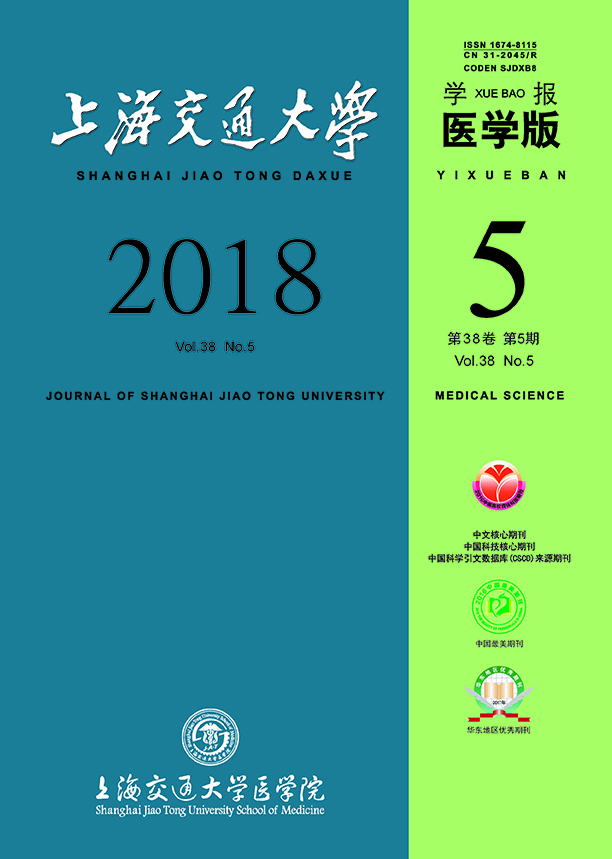|
|
Assessment of volume status in maintenance hemodialysis patients
PANG Hui-hua, ZHANG Hai-fen, CHE Miao-lin, YU Zan-zhe, LIN Xing-hui, ZHU Ming-li, LU Ren-hua, FANG Ni-na, NI Zhao-hui, GU Le-yi
2018, 38 (5):
524.
doi: 10.3969/j.issn.1674-8115.2018.05.008
Objective · To assess volume status in maintenance hemodialysis (MHD) patients. Methods · Body composition analysis was performed on 128 MHD patients Renji Hospital, Shanghai Jiao Tong University School of Medicine. The volume status was assessed based on body composition data and predialysis systolic blood pressure (preBPsys), edema grade, brain natriuretic peptide (BNP). Patients were divided into hyperhydrated group (percentage of hydration status, HS%>15%) or normohydrated group (HS% ≤15%). Body composition data were compared, including lean tissue index (LTI) and fat tissue index (FTI). The blood pressure, edema grade, serum calcium, serum phosphate, intact parathyroid hormone (iPTH), hemoglobin, albumin, pre-albumin, hypersensitive C-reactive protein (hs-CRP), serum sodium, and urea clearance Kt/V were compared between two groups. Results · Sixty-nine patients were normohydrated and preBPsys reached target; 10 patients were overhydrated with higher preBPsys; 18 patients had overhydration but preBPsys was in target range. Compared to normohydraed group, patients in hyperhydrated group had more obvious edema, higher BNP level, significantly lower LTI, serum albumin and pre-albumin levels, while serum sodium was significantly higher (P<0.05). Conclusion · Volume status of hemodialysis patients can be objectively and accurately assessedbody composition analysis using bioimpedance technique with blood pressure, edema grade and biochemical parameters. Hyperhydrated patients may have higher serum sodium level, lower serum albumin, lower hemoglobin, and less lean tissue mass concomitantly. Sodium intake control, nutrition status improvement, and anemia correction may be useful to reduce hyperhydration.
Related Articles |
Metrics
|

